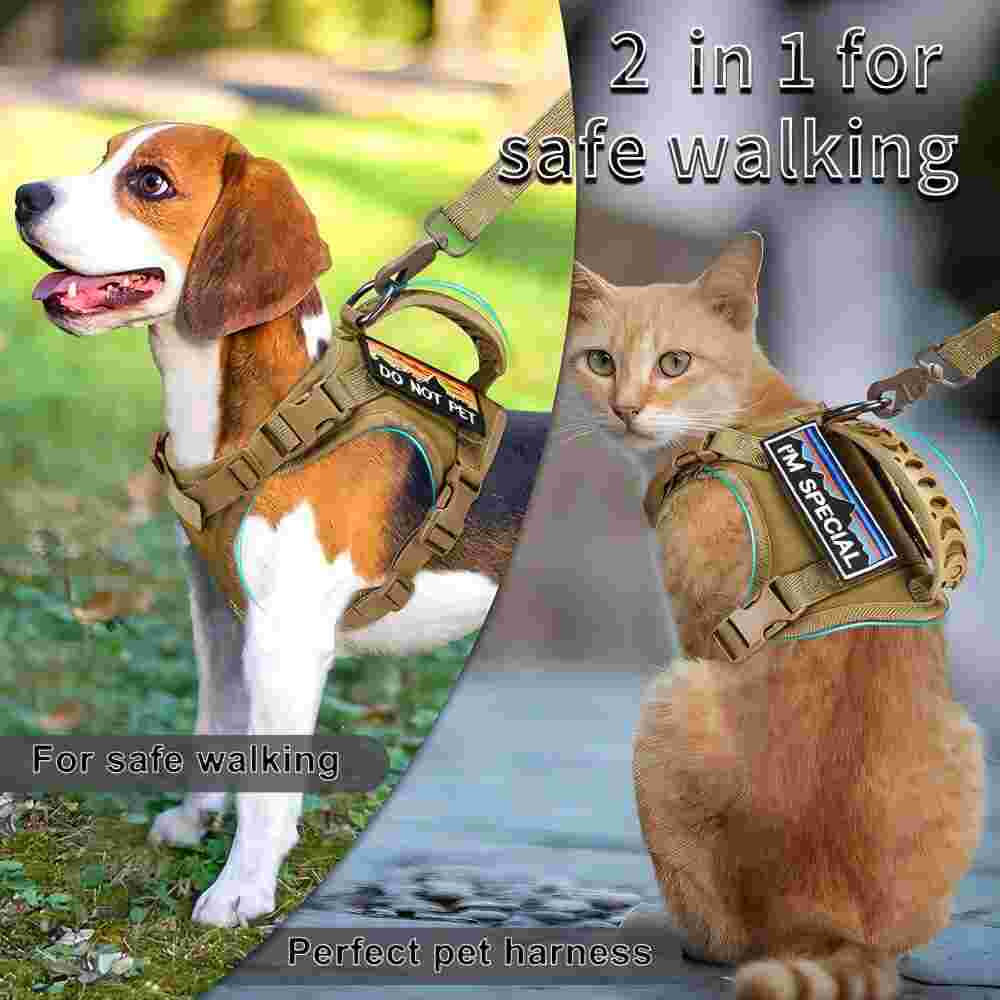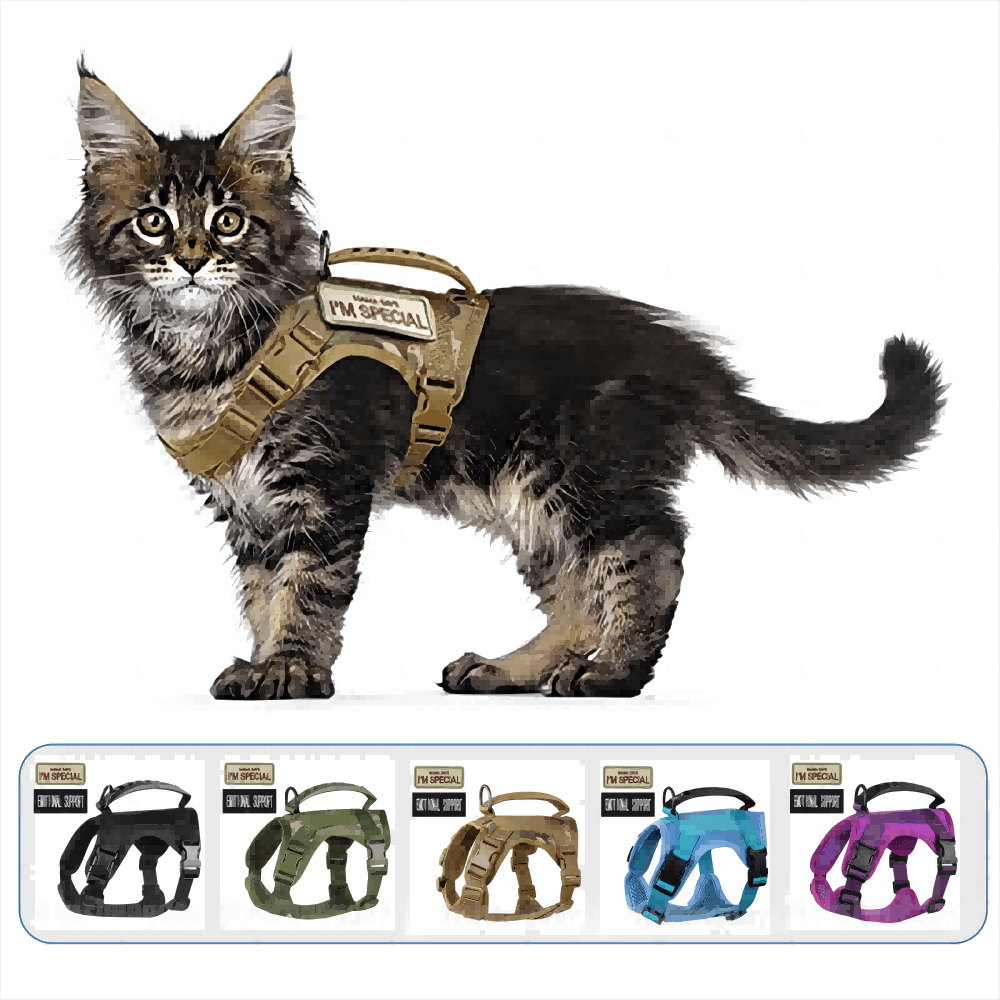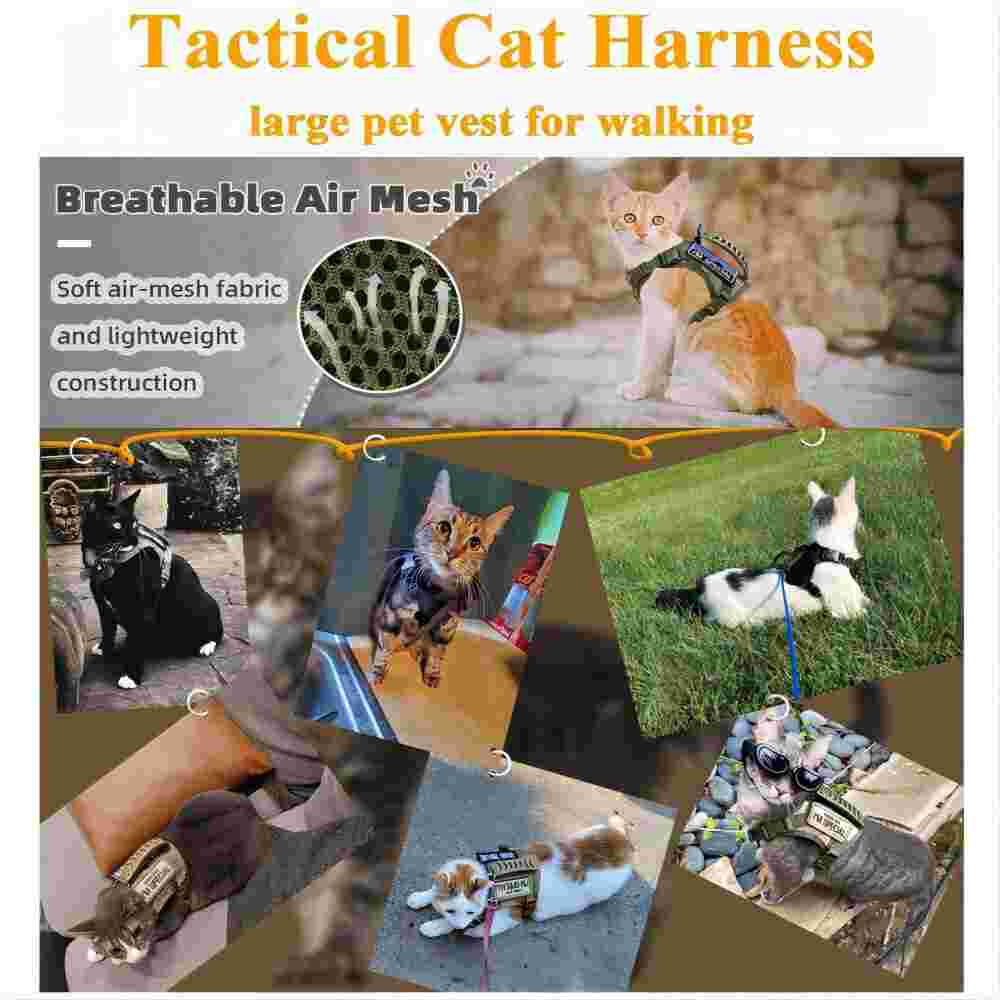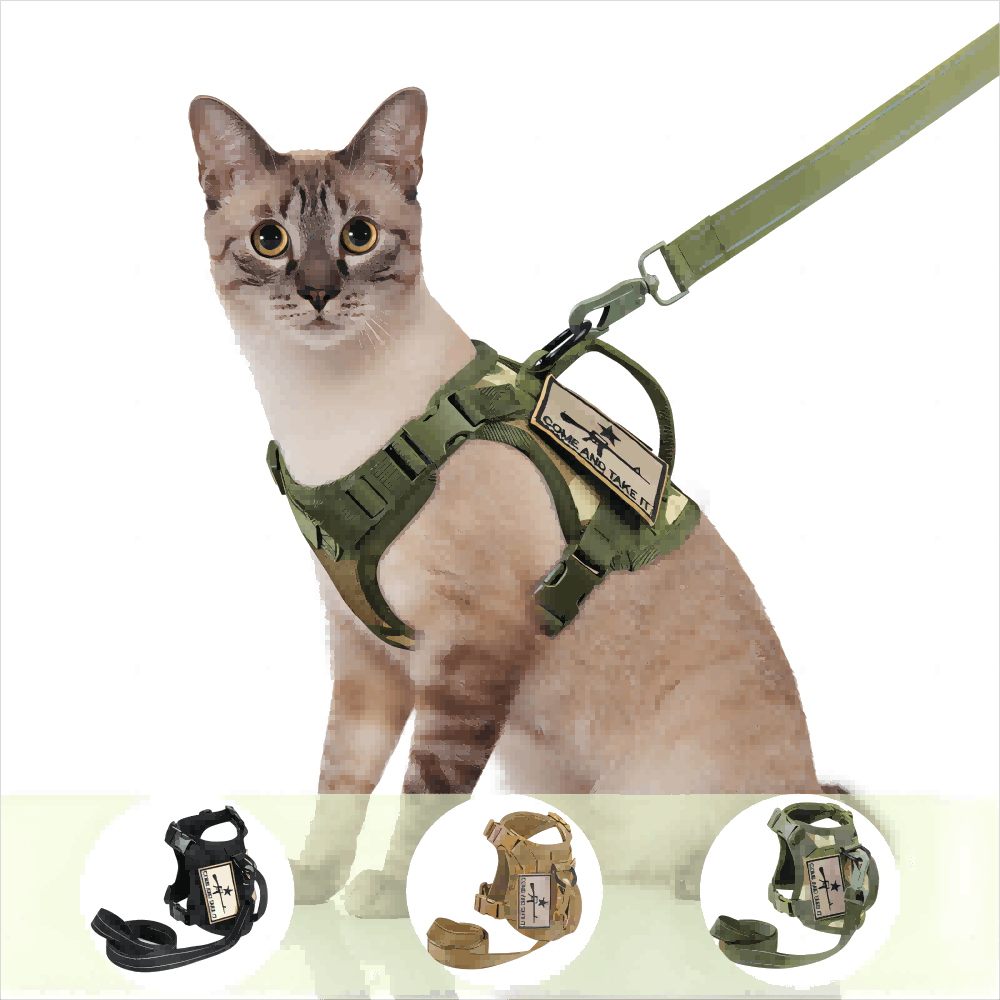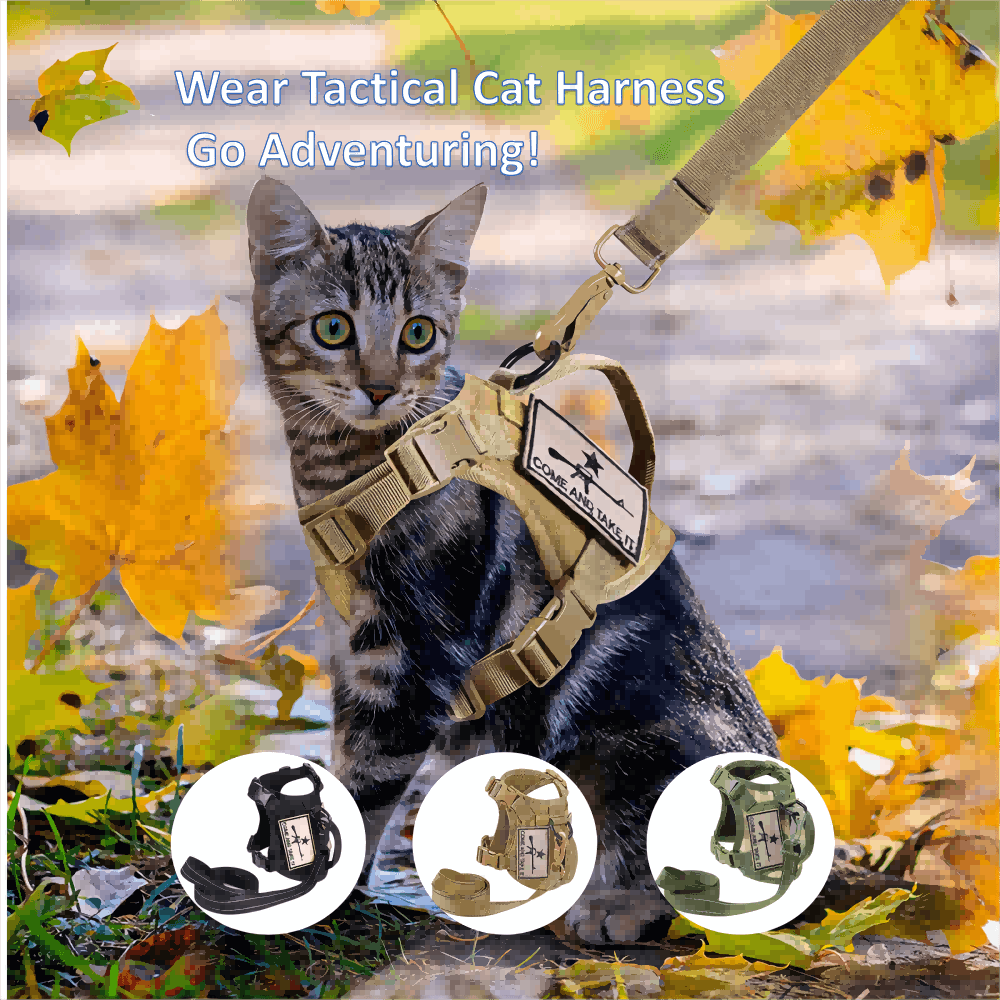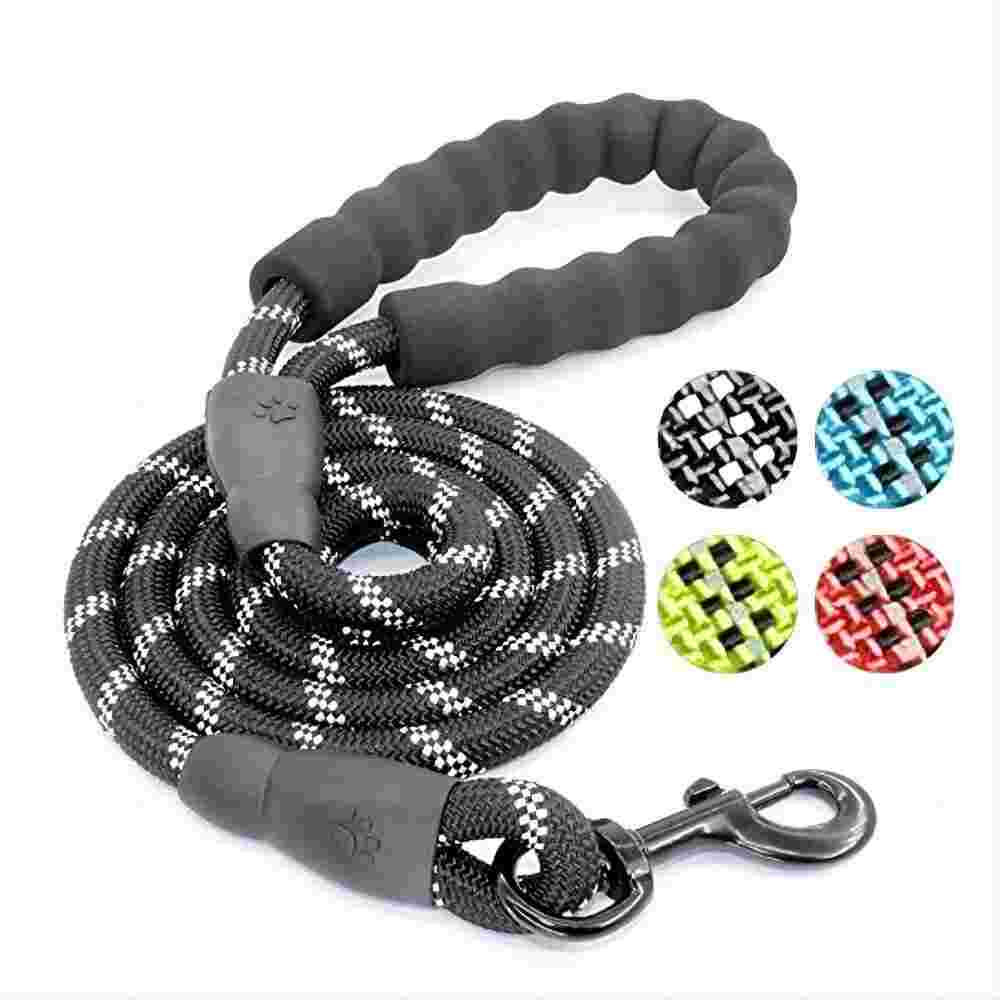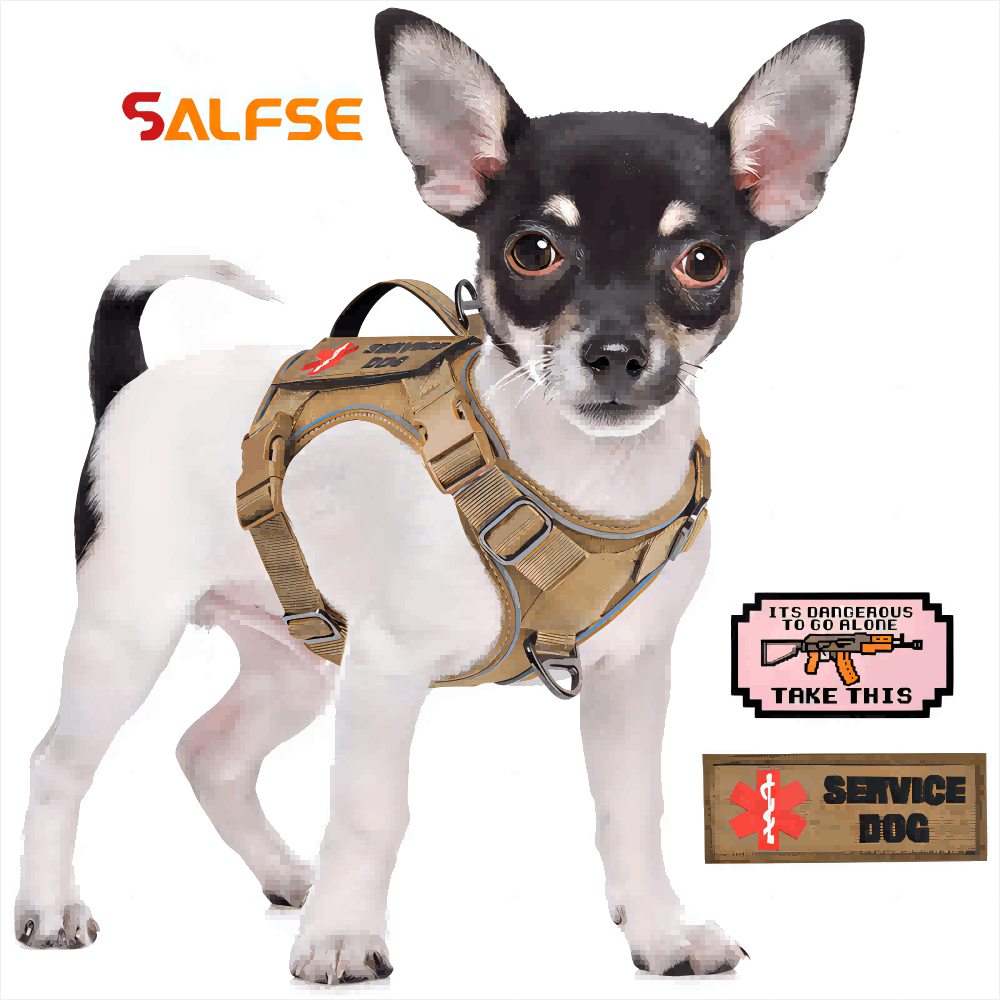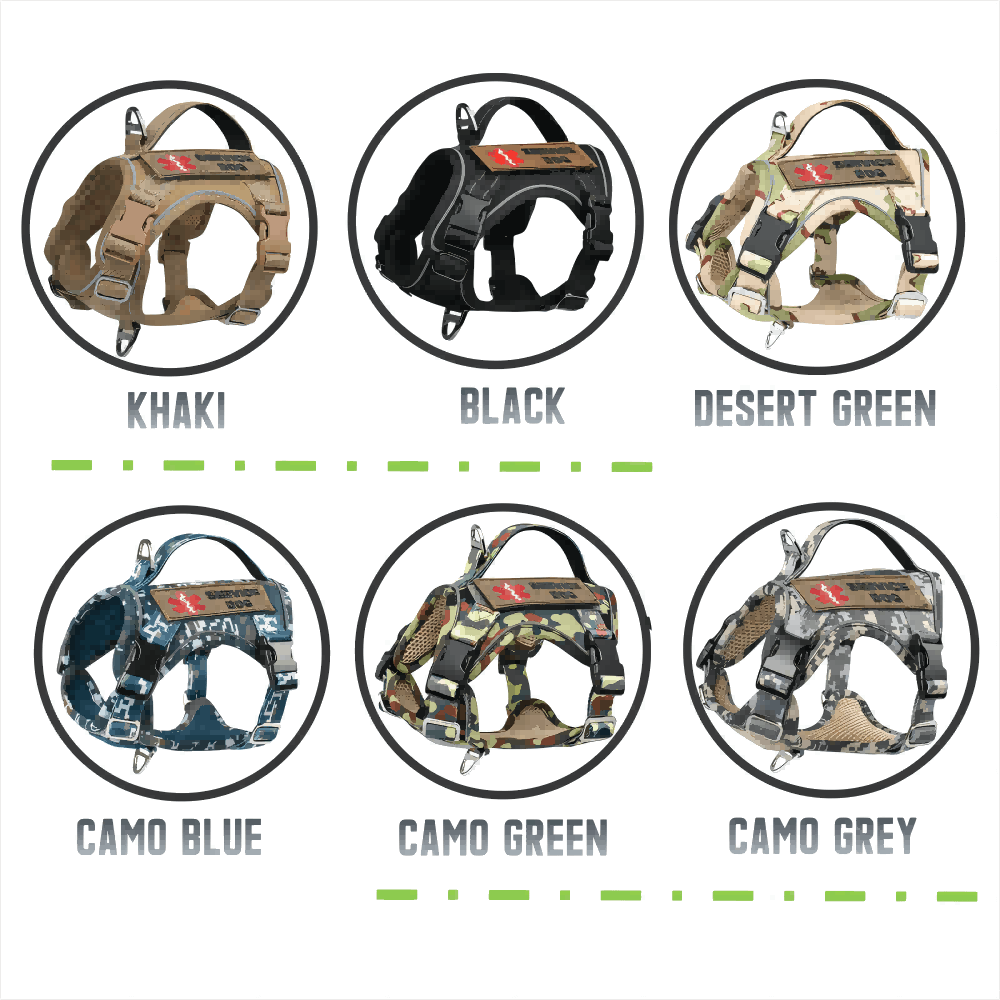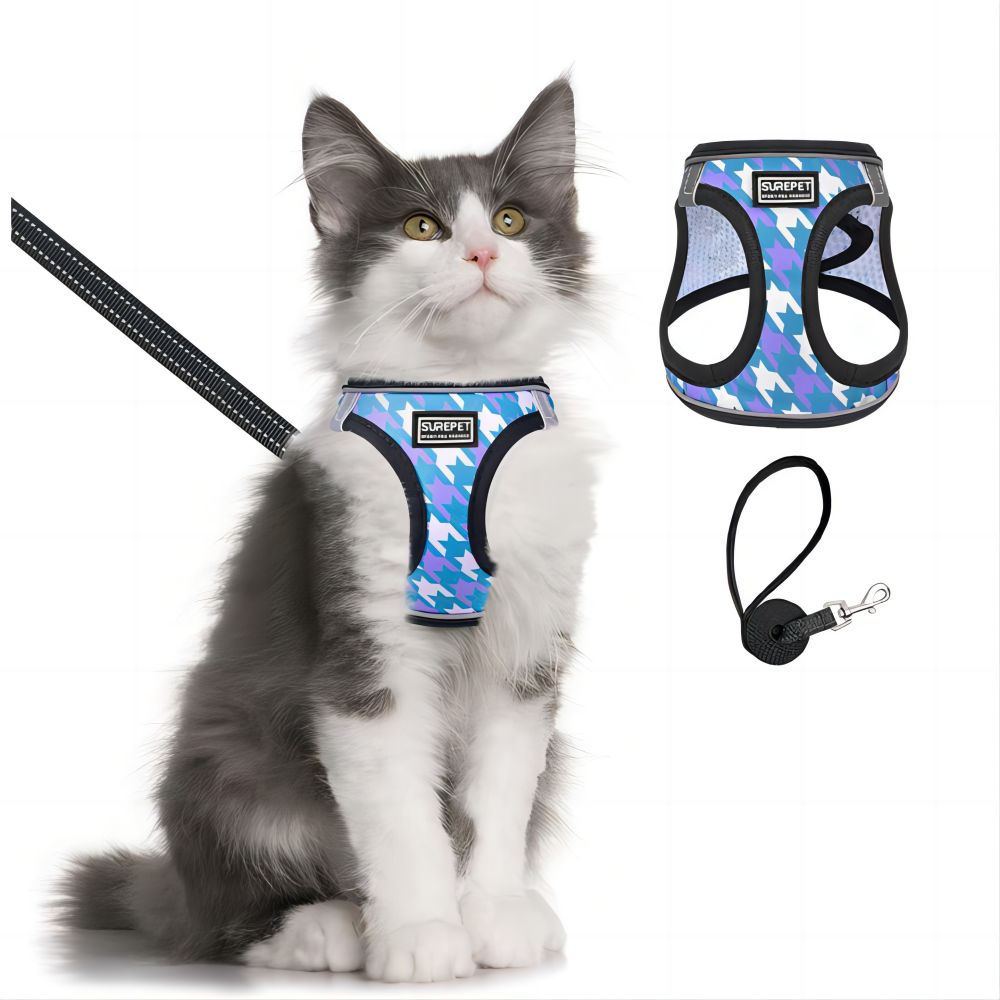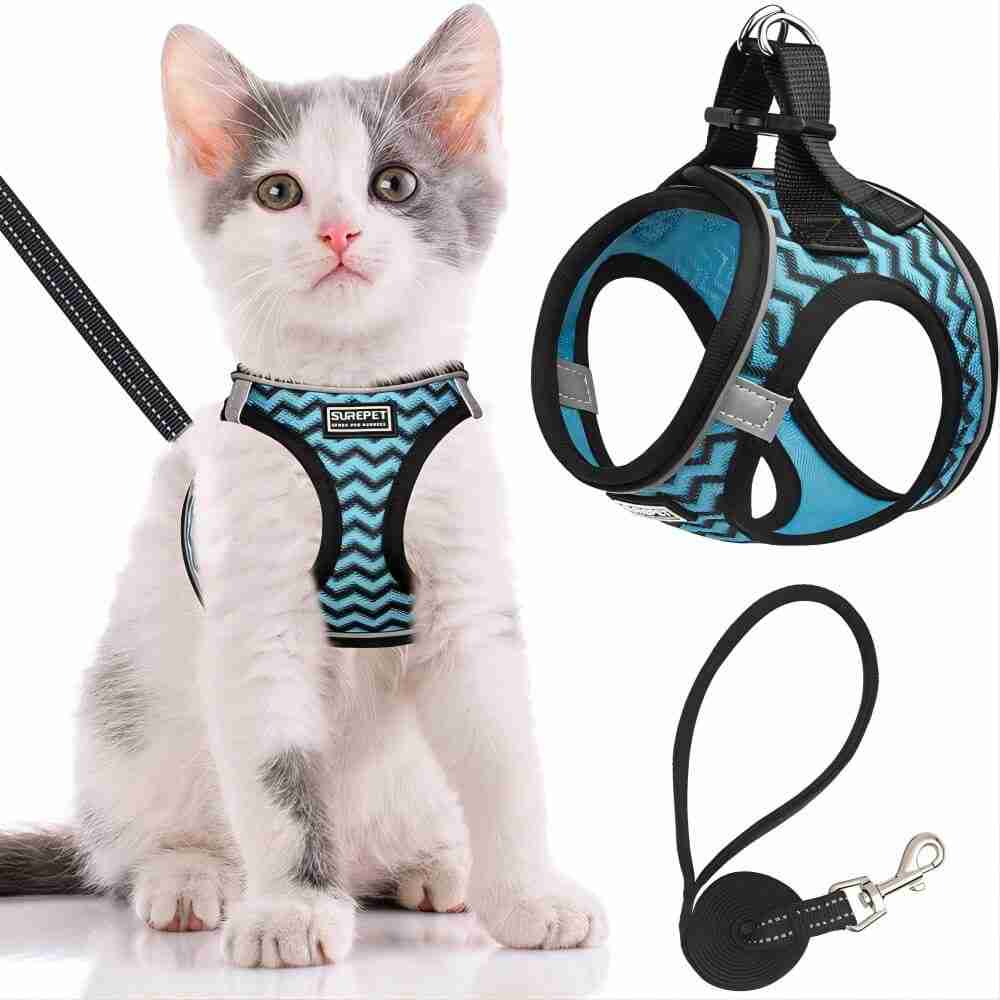1.Let the dog ride in the car, first of all, help the dog overcome the fear of riding in the car. The family members sitting in the back row should give the dog appropriate comfort, or stroke its head, or hug the dog more, so that the dog can calm down from anxiety as soon as possible.
2.Try to let the dog lie on the back seat quietly, and train it to ride in the car since childhood, so that it will not feel particularly scared when riding in the car in the future. At the beginning, you can choose a relatively close place when you go out, such as going to the park, shopping in the market, etc., and seize the opportunity of short distance to train the dog.
3.Gradually lengthen the driving distance. In such a gradual process, the dog will gradually get used to it and be able to ride better.
Below we will explain in detail the specific steps of this dog training method

In daily life, owners will inevitably take their dogs out for outings, shopping, travel, etc., how to make dogs ride in a car more civilized, then the owners have to spend a little thought and train the dogs well.
Once the dog is used to riding in the car, the owner will also have a lot of fun. Dogs are more active. During the ride, if you can’t help but look out, it is easy to be in danger. For the sake of safety, letting the dog sit quietly while riding in the car is also a necessary training homework for driving.
1.Let the dog ride in the car, first of all, help the dog overcome the fear of riding in the car. The family members sitting in the back row should give the dog appropriate comfort, or stroke its head, or hug the dog more, so that the dog can calm down from anxiety as soon as possible.
2.Try to let the dog lie on the back seat quietly, and train it to ride in the car since childhood, so that it will not feel particularly scared when riding in the car in the future.
At the beginning, you can choose a relatively close place when you go out, such as going to the park, shopping in the market, etc., and seize the opportunity of short distance to train the dog.

3.Gradually lengthen the driving distance. In such a gradual process, the dog will gradually get used to it and be able to ride better.
4.Training method:
①First of all, before getting in the car, the owner should bring the dog to the door on the side of the car and order the dog to “wait a moment”. Then the owner gets in the car, sits in the driving seat, opens the door on the dog’s side, and commands the dog to “come.”
② After the dog gets in the car, let the dog “sit down” or “get down”. You can leave the window open for the first few rides. After the dog slowly adapts to the environment in the car, you can try to roll down the window. If you find that the dog is sticking its head out of the window, you should stop it immediately.
③If the owner usually trains the dog more, this is not difficult to do. If something happens temporarily, you can also ask the dog to look at the car, and the owners can save a lot of trouble.
④When you arrive at the destination, you should park the car, get out of the car and open the door for the dog. At this time, tell the dog “come down”, and the dog’s car training will be successfully completed at this time.
⑤ In fact, dog riding training can be said to be a relatively simple type of training. As long as the dog lies quietly in the car and does not run around or bark, the dog can be guaranteed to ride in a safe and civilized car.
⑥Before the owners take their dogs out, they should pay attention to reducing the number of times the dogs drink and eat as much as possible to avoid motion sickness and vomiting. At the same time, try to take the dog for activities before taking the bus, take a walk, and take the bus after you finish urinating and defecating.

When training a dog’s habit of going out for a ride, there are several core points and principles that owners need to keep in mind:
1.Patience and perseverance: Riding training is a gradual process of training. The owner needs to be patient and guide and persist in training, and can’t be impatient or give up halfway.
2.Positive reinforcement: When the dog completes the car ride correctly, the owner should give praise and rewards in time to enhance the dog’s enthusiasm and optimism.
3.Prohibition of improper behavior: During the ride, the dog may have inappropriate behaviors such as anxiety, noise, or looking out of the window. The owner should stop it decisively and not give any positive feedback, so as not to develop bad habits.
4.Safety first: When riding in the car, the dog should be in a safe position. It is best to use a dog-specific seat belt or cage to avoid accidents caused by the dog’s disorderly movement.

Through patient training and step-by-step guidance, we can make our pet dogs better adapt to riding and develop the habit of civilized riding. Training your dog’s riding habits when going out can not only improve the dog’s safety awareness, but also make going out more enjoyable and relaxed. As owners, we must persevere in training and caring for our pet dogs, so that they can become civilized pets who understand car etiquette. In this way, whether it is family daily outings or travel adventures, we can happily spend quality time with our dogs, and have a more tacit understanding and intimacy with each other.
In addition, we also need to prepare for some challenges that may be encountered during the ride training process:
1.Car phobia: Some dogs may be naturally afraid of riding in cars. At this time, the owner should be patient and gradually guide the dogs to establish positive associations with riding in cars. You can let the dog stay in the place where the vehicle is parked for a period of time, so that it can gradually get used to the environment in the car, and then carry out short-distance driving training.
2.Motion sickness and vomiting: Some dogs are prone to motion sickness. For this kind of situation, the owner should try to avoid taking a car immediately after eating to reduce the occurrence of motion sickness. If your dog is motion sick and throws up, don’t blame him, but take preventive measures on his next car ride, such as reducing food intake or giving motion sickness medication (consultation with a veterinarian is recommended).
3.Safety measures: When riding in the car, the owner must ensure the safety of the dog and prevent the dog from moving around in the car. You can use a dog-specific seat belt or cage to fix the dog on the rear seat to avoid distracting the driver and accidents.

4.Maintain a happy atmosphere: car training should be a positive and happy experience. The owner should maintain a relaxed and happy mood and share the fun of car riding with the dog. During the training process, do not use harsh tone or physical punishment to educate the dog, so as not to cause negative associations and psychological shadows.
5.Finally, the time and frequency of car training should be flexibly arranged according to the dog’s personality and acceptance. Every dog adapts at a different speed, some may take longer to gradually adapt, while others may quickly master good riding habits. During the training process, the owner should observe and understand the dog’s reaction more, and adjust the training methods and strategies in time.
(Tip: take your dog out and let him wear a tactical dog harness, he’ll look really cool)
Generally speaking, it is a process that requires patience and persistence to train a dog to ride a car when going out, but through scientific and reasonable training methods, as well as correct guidance and encouragement, we can cultivate a civilized, safe and well-behaved dog. car habits. This not only makes our life more convenient and pleasant, but also enhances the relationship and trust between the owner and the dog. Let us work together to make our pet dogs a good companion on the go and create beautiful memories together.

Related questions and answers about training your dog to ride a car
Q1: How to prevent dogs from moving around in the car and keep them safe?
A: In order to keep the dog safe in the car, the owner can use a special dog seat belt or a cage to secure it to the rear seat. This can prevent the dog from moving around, reduce the interference to the driver, and at the same time protect the dog from injury during emergency braking.
Q2: Are there any matters needing attention under special circumstances?
A: Yes, some special circumstances require the owner to pay special attention. For example, a long trip can be physically taxing and stressful if the dog is not fully acclimated to the car, so short trips are recommended when first trying car training. In addition, for young, old or unwell dogs, it is also necessary to ride with caution, and it is best to consult a veterinarian.
Q3: How to prevent dogs from motion sickness and vomiting when riding in a car?
A: Motion sickness is a common problem for some dogs. In order to prevent motion sickness and vomiting, the owner should try to reduce the amount of food and water the dog eats before taking the car. In addition, you can consult a veterinarian for advice and choose drugs to prevent motion sickness reasonably, but you must seek professional advice before using the drug.
Q4: How to deal with the anxiety and restlessness of the dog in the car?
A: Some dogs may feel anxious and uneasy when riding in the car. The owner can take the dog to do moderate exercise and activities before the car ride to help them consume some energy and reduce anxiety. At the same time, you can bring dogs familiar toys or blankets to increase their sense of security and comfort.
Q5: What basic principles should be paid attention to when training to ride?
A: When training to ride a car, the owner needs to pay attention to the following basic principles: be patient and gradual, do not rush for success; follow the training principles of positive reinforcement and reward the dog for good behavior; avoid training with harsh tone or physical punishment, so as not to cause Negative association; observe and understand the dog’s reaction in time, and adjust the training strategy according to the dog’s personality and adaptability.
Previous section: How to train a dog not to eat indiscriminately? -Dog training (20)
Next section: How to train a dog to play Frisbee? -Dog training (22)

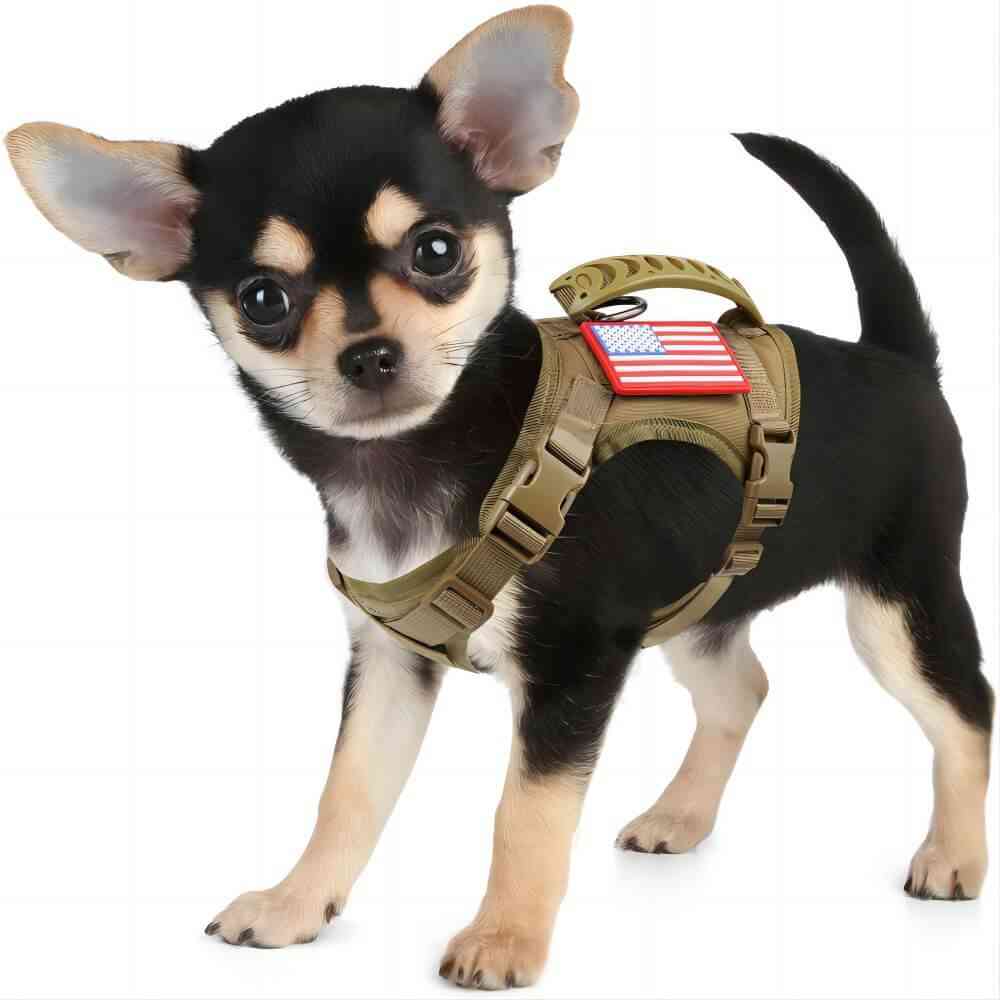

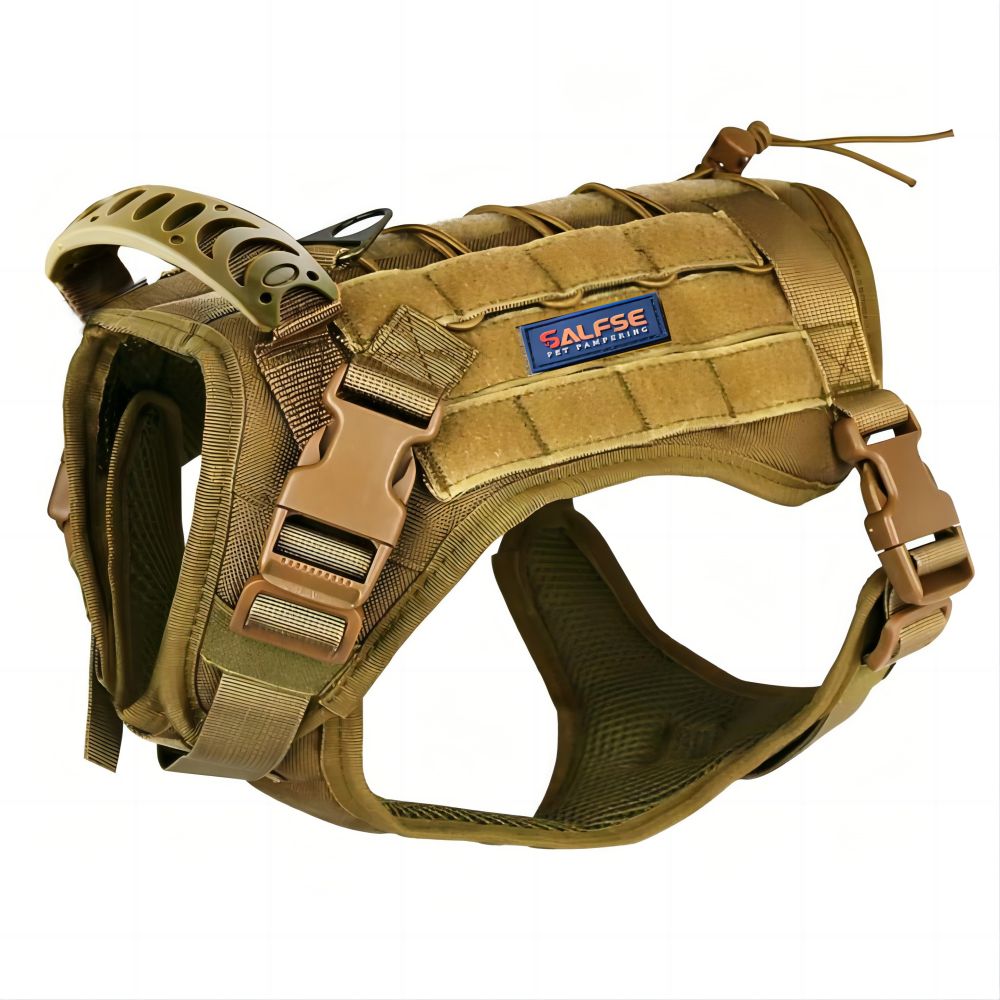
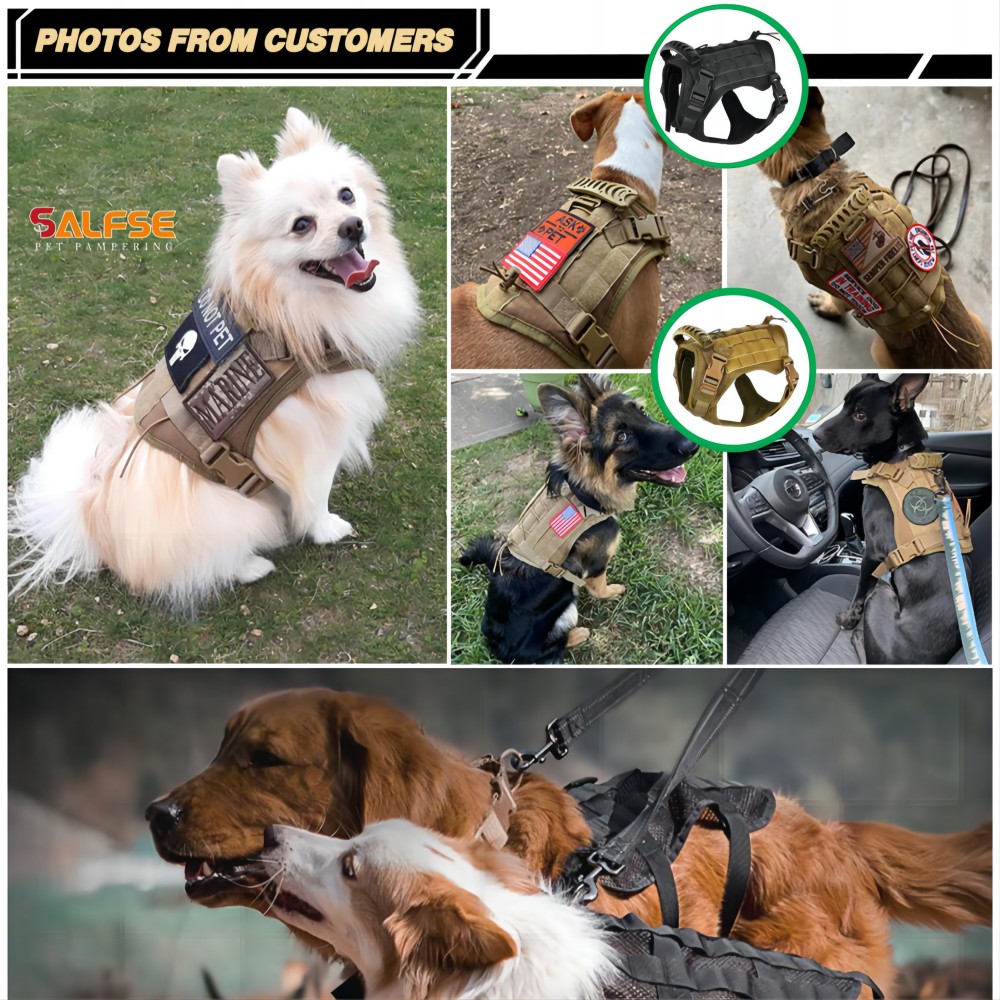
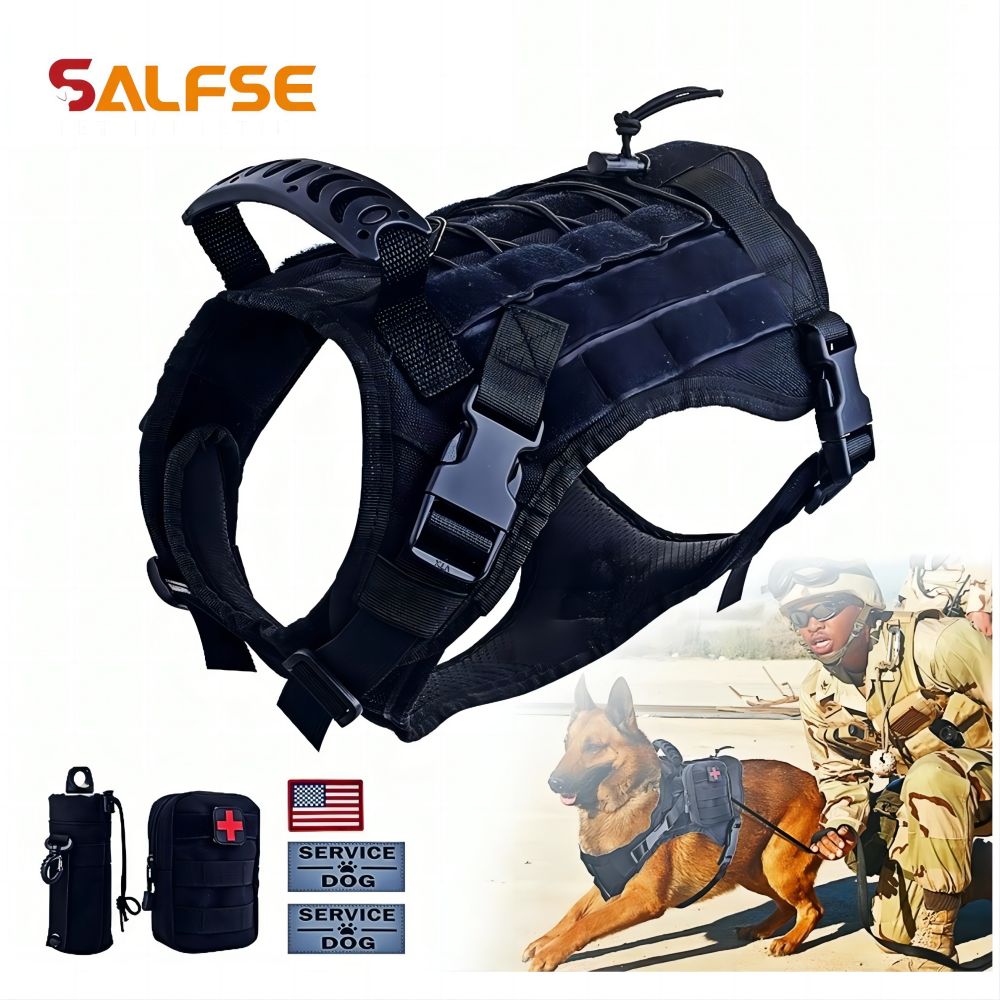
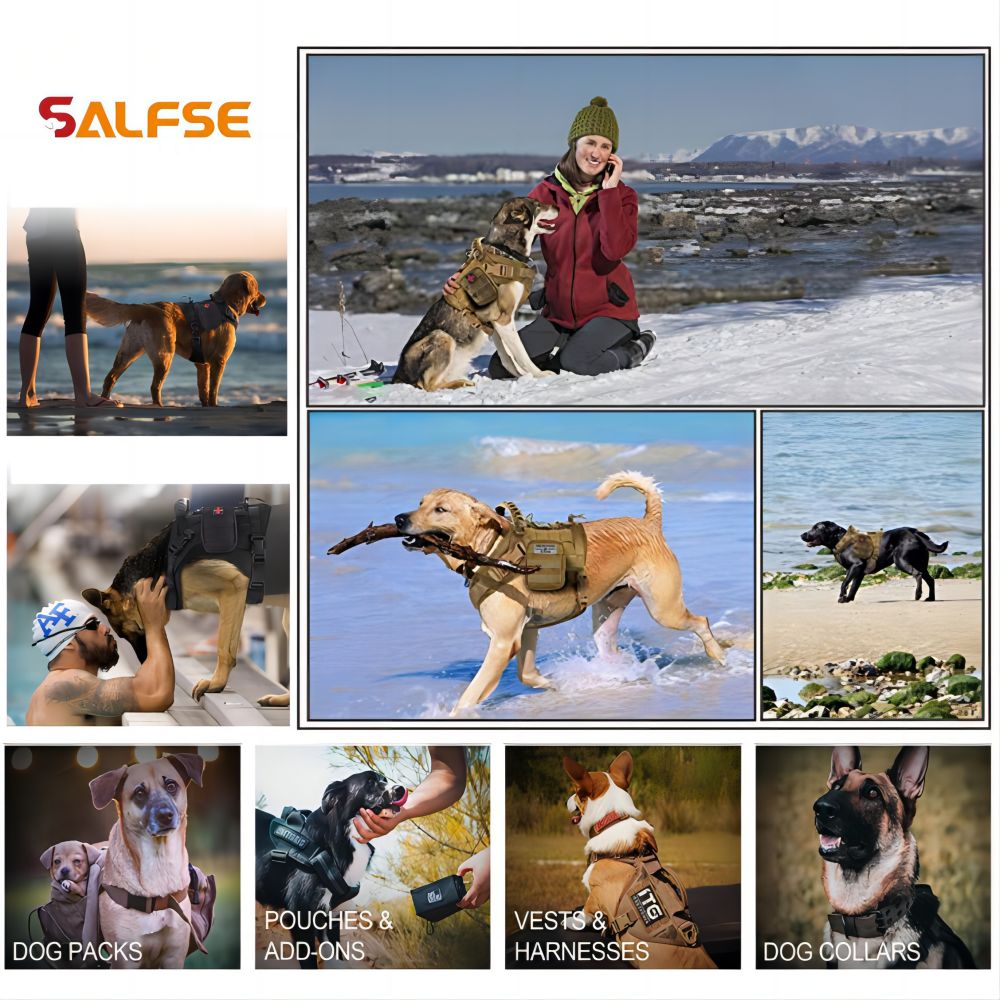

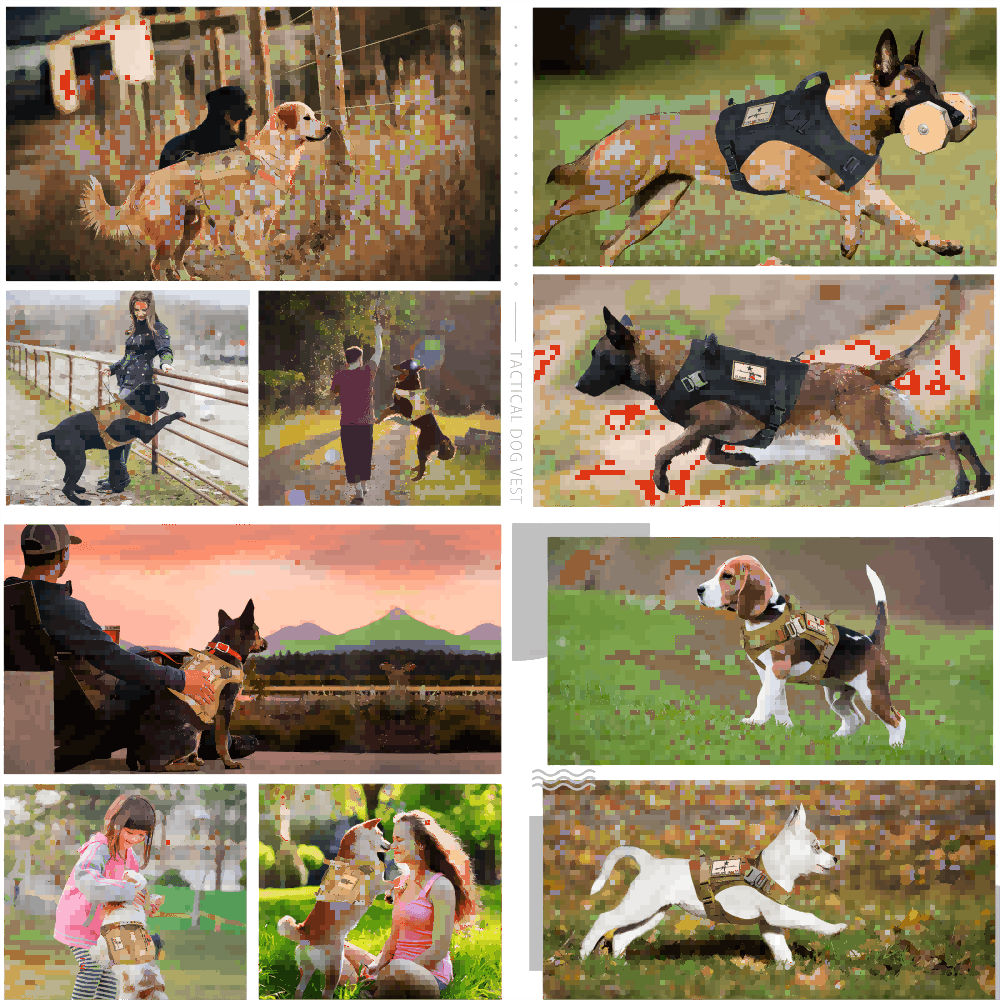
-1.png)


